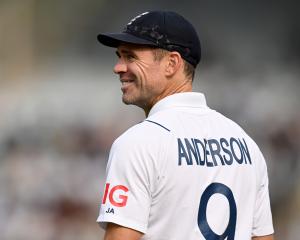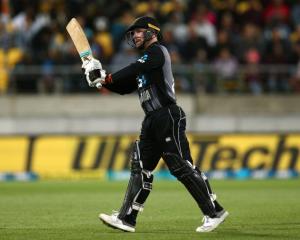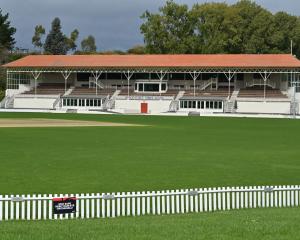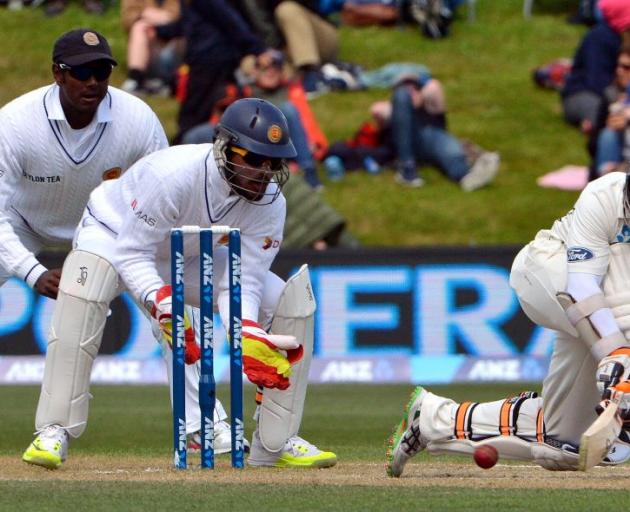
The Decision Review System is in for another overhaul as international cricket bosses look to smarten up the contentious system.
The International Cricket Council is awaiting the results of testing done by the Massachusetts Institute of Science and Technology into the entire referral process, taking in Hot Spot, ball tracking and Snicko.
• Comments no offence to umpires: Taylor
• Skippers dodge issues over DRS
A report is expected to be with the ICC for its meeting in May next year. From there, the intention is to have a refined system in place by the end of next year.
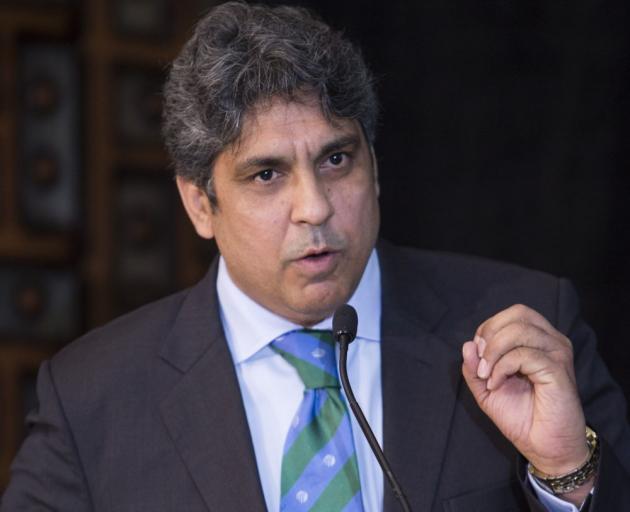
The need for improvements was highlighted by the Nathan Lyon decision in Australia's test against New Zealand at Adelaide early this month.
The Australian batsman was given not out by English official Nigel Llong when clearly out. The decision dramatically changed the match, which was eventually won by Australia.
New Zealand's win over Sri Lanka in their first Test match Dunedin yesterday reinforced calls for fine tuning - most particularly in the information the third official is entitled to seek.
There was the ludicrous situation of DRS operators knowing the result of a referred call by players, but not being able to advise the third official, with whom they are forbidden from conversing during a day's play.
And while it would be logical to allow the third umpire that verbal assistance, the ICC have ruled it out.
The ICC's head of media and communications, Sami Ul Hasan, said it would not be practical for third umpires to communicate with those running the technology. He rejected the idea of DRS operators being accredited and sitting in the same room as the third official.
The effect is the third officials are hamstrung in having all available information at their disposal.
At one point, when New Zealand batsman Tom Latham was awaiting an lbw verdict on 97, the operators could see a feed which clearly showed he had hit the ball.
However, it was one they were not able to show third umpire Paul Reiffel because it was outside ICC protocols. How that can be commonsense is anyone's guess.
There were five referrals to the third umpire on the final morning in Dunedin. On every occasion, replays supported the decision.
The most intriguing was the third, from a delivery by left-armer Neil Wagner, which struck the batsman on the full, on his back leg. It appeared plumb and umpire Nigel Llong gave the batsman out but a referral showed the ball passing the off stump by a slim margin.
There was a moment of confusion on the replay, with the ball appearing to strike the pad in line with the stumps. However, on closer inspection it was a dark mark of a logo on the pad, which was in line with the stumps. The ball was fractionally to the right and Siriwardana survived.
ICC's general manager of cricket, Geoff Allardice, has said the accuracy of umpiring decisions has significantly increased in the last couple of years.
The hope is the MIT testing will further improve the system, and make it more user friendly, at least for the third umpire.
- By David Leggat of the New Zealand Herald

